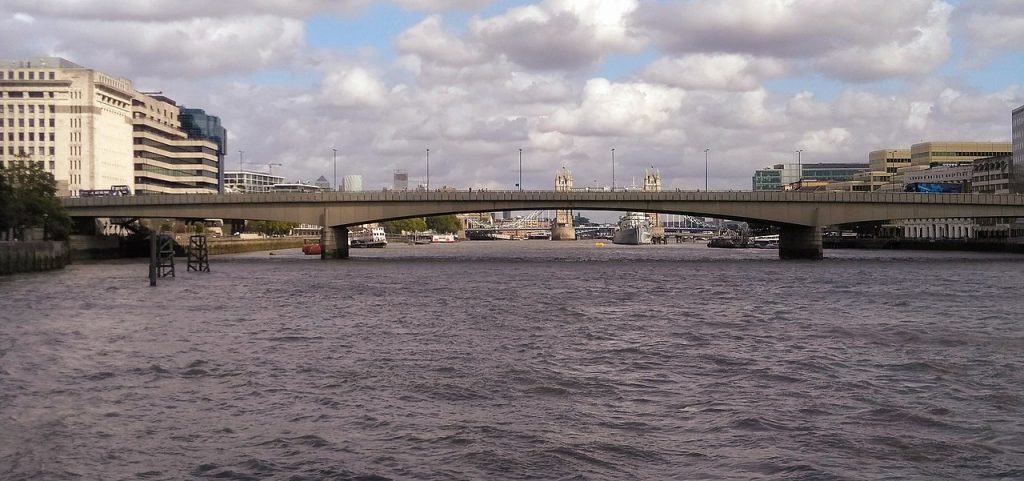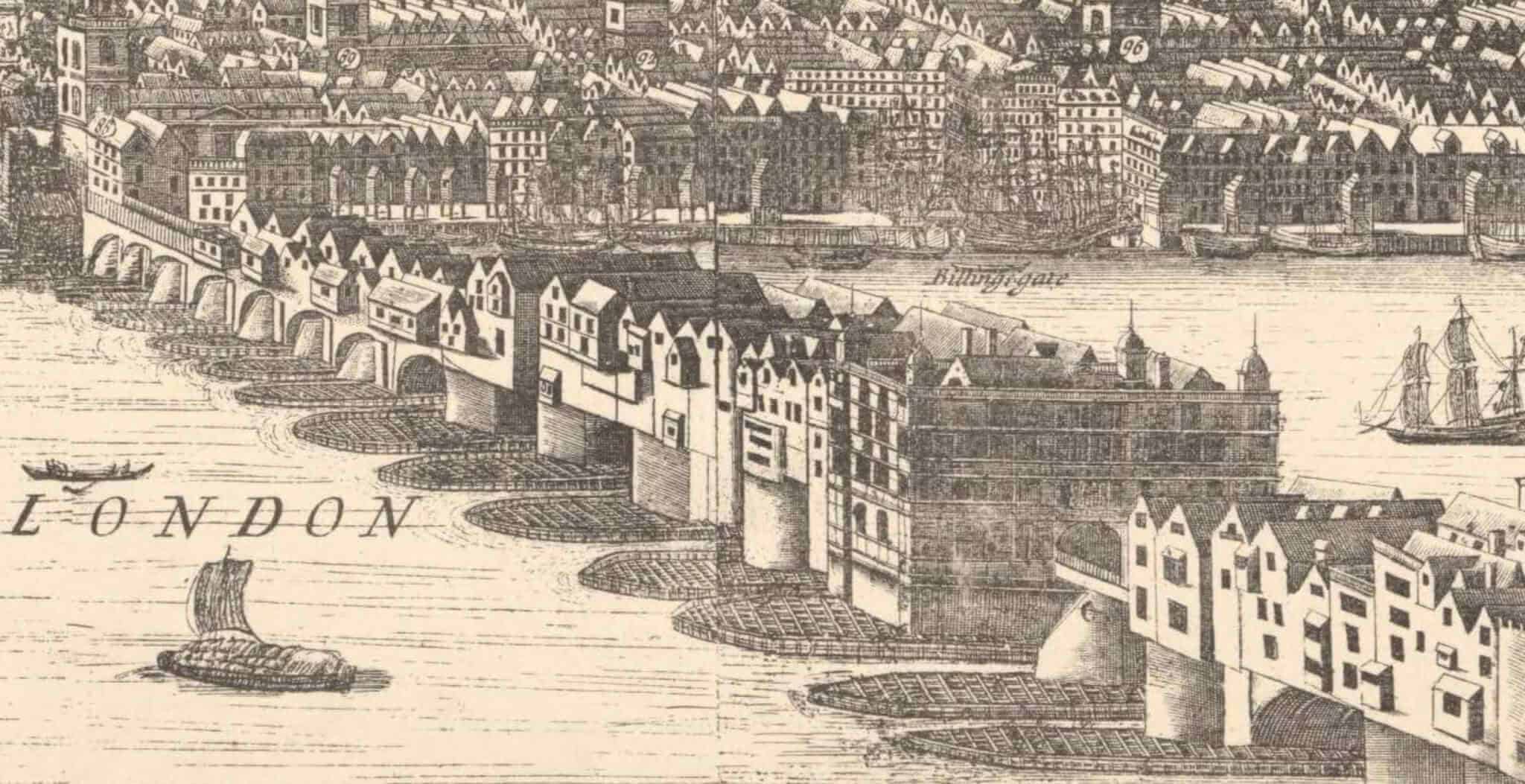 ondon Bridge, an iconic symbol of the city, holds a rich history spanning centuries. While the current London Bridge is a modern marvel, it is actually the third iteration of the bridge that has graced the River Thames. This article explores the fascinating story behind the three bridges, highlighting their significance, architectural achievements, and the evolution of London’s transportation infrastructure.
ondon Bridge, an iconic symbol of the city, holds a rich history spanning centuries. While the current London Bridge is a modern marvel, it is actually the third iteration of the bridge that has graced the River Thames. This article explores the fascinating story behind the three bridges, highlighting their significance, architectural achievements, and the evolution of London’s transportation infrastructure.
The Medieval London Bridge
The first London Bridge was constructed during the reign of Roman Britain and served as a vital river crossing. Its strategic location made it a center of trade and commerce, contributing to the growth and prosperity of the city. The medieval London Bridge was not only a crossing but also a bustling marketplace and a fortified structure, playing a crucial role in the defense of the city.

The medieval London Bridge was a marvel of engineering for its time. Built with stone arches and piers, it spanned the river with its distinct pointed arches. The bridge was lined with buildings and shops, creating a vibrant and bustling atmosphere. The inclusion of a chapel, known as the Chapel of St. Thomas, added a religious element to the bridge’s significance.
The 19th-Century London Bridge
As time passed, the medieval London Bridge faced numerous challenges. The structure began to deteriorate, requiring constant repairs and maintenance. The increasing demands of modern transportation and the limitations of the old bridge led to the decision to replace it with a new structure that could better accommodate the needs of a growing city.
In 1824, a competition was held to design the new London Bridge. The winning design, submitted by John Rennie, incorporated innovative engineering techniques. The new bridge, constructed between 1825 and 1831, was a testament to the advancements in civil engineering during the Industrial Revolution.

The 19th-century London Bridge was a revolutionary structure, boasting five granite arches supported by iron piers. Its strength and stability were remarkable for the time, setting new standards for bridge construction. The inclusion of footpaths and wide roadways catered to the increasing volume of pedestrian and vehicular traffic, marking a significant improvement over its predecessor.
The Modern London Bridge
In an unexpected turn of events, the 19th-century London Bridge found itself relocated to the United States in the late 1960s. The bridge was dismantled and shipped to Lake Havasu City, Arizona, where it was reconstructed and became a popular tourist attraction. This unique transatlantic relocation left London without a recognizable bridge bearing the name “London Bridge.”

The current London Bridge, completed in 1972, was designed by architect Lord Holford. It is a modern and functional structure, built to accommodate the needs of a bustling city. While its design lacks the grandeur of its predecessors, the bridge remains an important crossing and a symbolic landmark in London.
The Legacy of London Bridge
London Bridge continues to captivate visitors from around the world. It serves as a reminder of the city’s rich history, architectural achievements, and its enduring spirit. The bridge has appeared in numerous works of literature, art, and popular culture, solidifying its place as an iconic symbol of London.
Beyond its symbolic importance, London Bridge plays a vital role in the city’s transportation infrastructure. It connects the bustling boroughs of the City of London and Southwark, facilitating the movement of people and vehicles across the River Thames. The bridge’s strategic location near important landmarks, such as the Tower of London and the Shard, enhances its significance as a transportation hub.
London Bridge, with its three incarnations, represents the evolving nature of cities and their infrastructure. From the medieval marvel to the 19th-century engineering feat, and finally, the modern functional bridge, each iteration reflects the challenges and aspirations of its time. As London continues to grow and change, the current London Bridge stands as a testament to the city’s resilience and its commitment to preserving its heritage while embracing progress.
Avid Writer with invaluable knowledge of Humanity!
Upcoming historian with over 30 million views online.
“You make your own life.”





